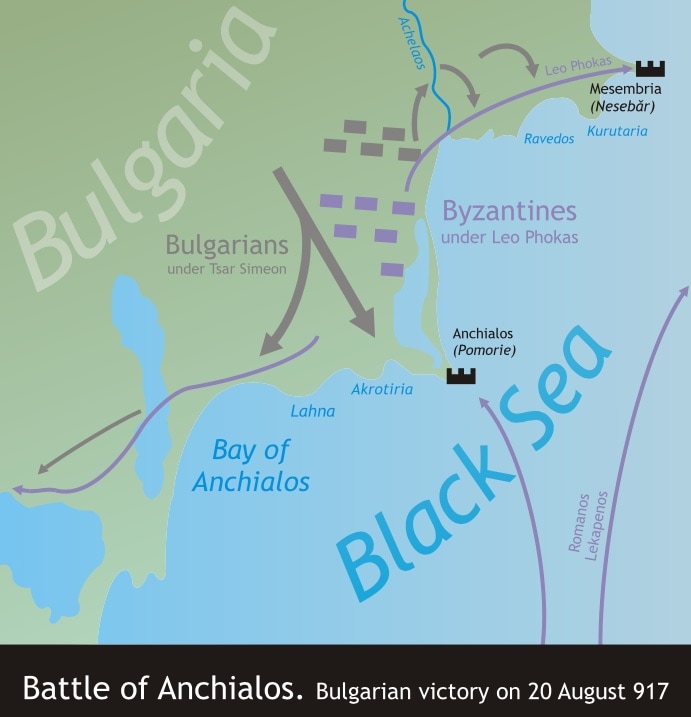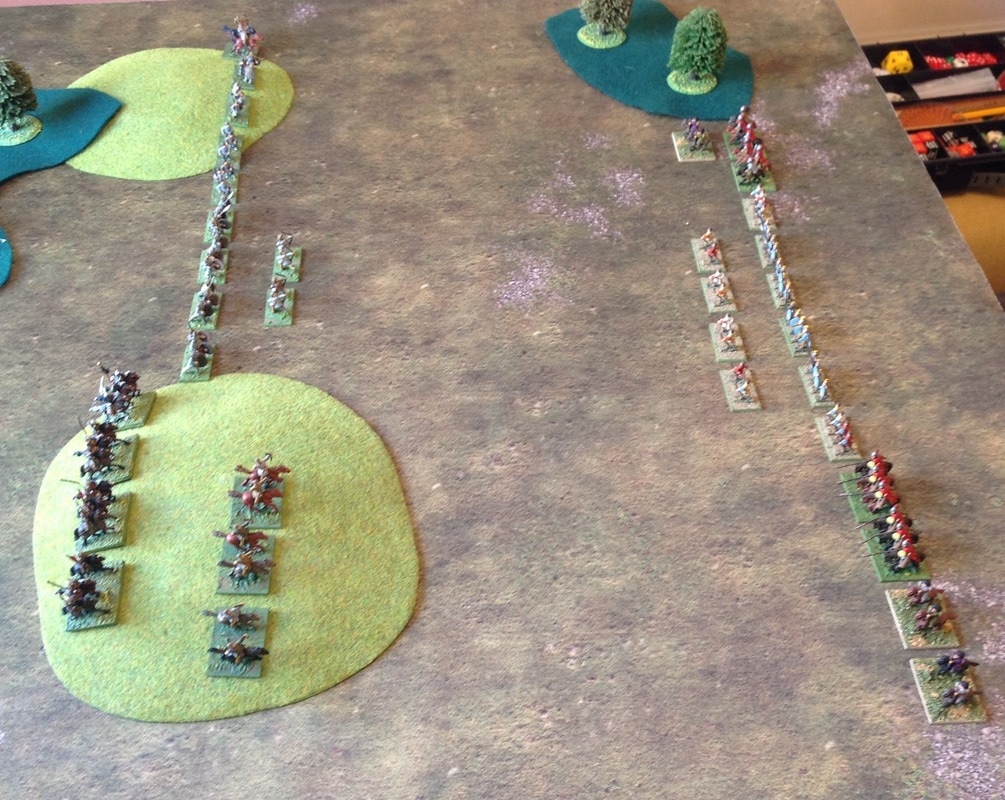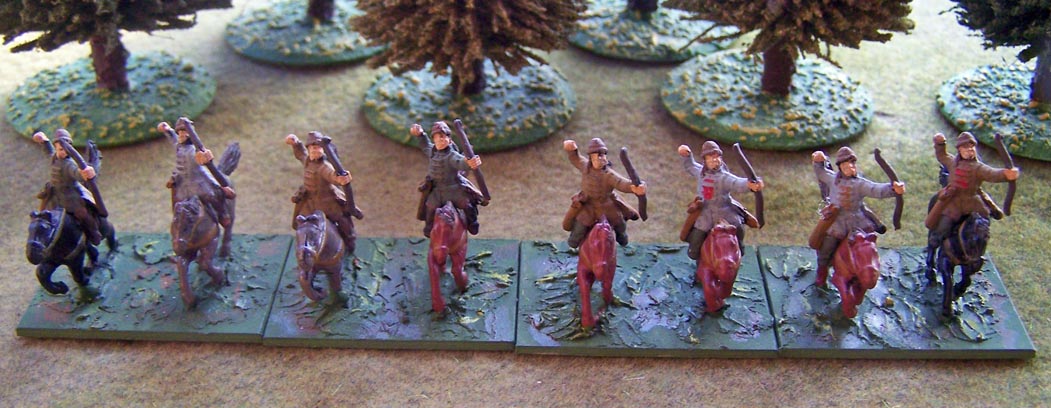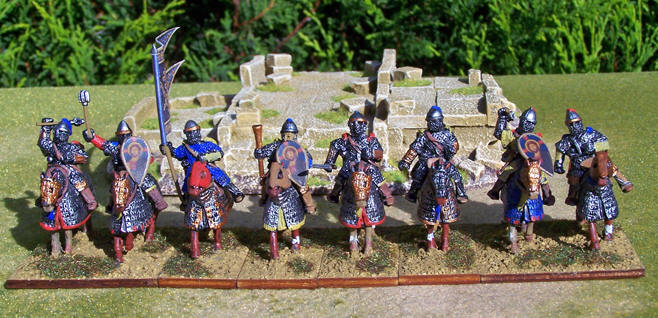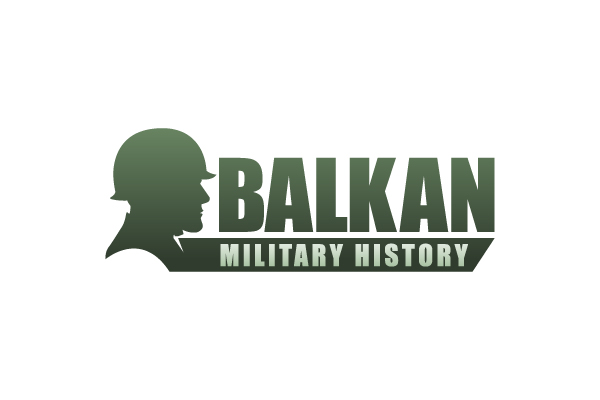- Home
- About
-
Travel
-
Features
- Dyrrachion1081
- Normans in the Balkans
- Manolada 1316
- Kosovo 1389
- Castles on the Danube
- Late Medieval Bosnian Army
- Doboj 1415
- Wallachian and Moldovan troops of the Napoleonic wars
- Anchialos 917
- Slovenian Borderlands
- The Zadruga and the Military Border
- Cretan War in the Adriatic
- Salonika 1916
- Uskoks of Senj
- Siege of Klis 1537
- Eugene in the Balkans
- Moldavian Surprise 1711
- Austro-Turkish War 1737-9
- Militargrenze
- Invading Ottoman Turkey
- Siege of Ragusa 1814
- Russo-Turkish War 1806-12
- Serbian Uprising 1815
- Ali Pasha
- Ottoman Army 1826
- Aleksinac 1876
- Shipka Pass
- Slivnitsa 1885
- Romanian Army 1878
- Austrian forts 19thC
- Kumanovo 1912
- Catalca Lines
- Adrianople 1912-13
- Kajmakcalan 1916
- The other 1918 campaign
- Macedonia air war WW1
- War of the Stray Dog
- Royal Yugoslavian armed forces
- Blunder in the Mountains
- Romanian SS
- Gebirgsjager in the Balkans
- Knights Move 1944
- Vis during WW2
- HLI in the Adriatic
- Adriatic Cruel Seas
- Dalmatian Bridgehead
- Cyprus 1974
- Transnistrian War
- Ottoman Navy Napoleonic wars
- Medieval Balkans
- Balkan lockdown quiz >
- Reviews
-
Armies
- Ancient Greeks
- Pyrrhic army of Epirus
- Dacian wars
- Goths
- Late Roman
- Comnenan Byzantine Army
- Normans
- Serbian medieval
- Albanian medieval
- Wallachian medieval
- Bosnian Medieval
- Catalan Company
- Polish 17C
- Austrian Imperialist
- Ottoman
- Austrian 18thC
- Russian Early 18thC
- Ottoman Napoleonic
- Greek Revolution
- 1848 Hungarian Revolution
- Russian Crimean war
- Romanian Army of 1877
- Ottoman 1877
- Russian 1877
- Balkan Wars 1912-13
- Macedonia WW1
- Greece WW2
- Italian Army WW2
- Gebirgsjager WW2
- Hungary WW2
- Turkey WW2
- Soviet Union WW2
- Bulgaria WW2
- Turkish Korean War Brigade
- Balkan Wars 1990s
- Links
- Books
Battle of Anchialos 917
|
Background
This August is the 11th centenary of the decisive Bulgarian victory over the Byzantines at the Battle of Anchialos 917. There are many different spellings of Anchialos (Acheloos, Achelous), but the battle took place near the modern town of Pomorie on the Bulgarian Black Sea coast. This was a period of Bulgarian domination of the Balkans, so much so that the Byzantines had paid tribute to the Bulgarian Tsar Symeon, since the conclusion of the last war in 896. The infant Byzantine emperor was due to marry a Bulgarian princess, but the power behind the throne was his mother Zoe, who led a palace coup to oust the regent. She repudiated the marriage plans and this provoked Symeon into war. The Campaign Bulgarian troops ravaged Thrace and Byzantium adopted their normal practice of seeking allies by sending envoys to the Serbs, Magyars and Pechenegs. There is some doubt if Symeon marched against the Serbs first when he discovered the potential alliance, but the majority view (Fine) is that he tackled Byzantium first. The Pechenegs did come south, but either because of failed negotiations with the divided Byzantine leadership, or counter moves by the Bulgarians, they withdrew. This left the Byzantines to face Symeon alone. The Byzantine fleet landed an army led by Leo Phocas at Anchialos. Symeon kept his army in the mountains overlooking the landing. The Armies Haldon argues that while Byzantine armies of this period could be badly managed, this was a well-prepared and well-led army. Based around the Imperial Tagmata, there were several divisions from Asia Minor as well as the Thrace and Macedonian forces. In total perhaps as many as 30,000 troops, although some sources say it was much larger. The cavalry formed the elite units of the army including the Kataphraktoi, supported by less well equipped heavy cavalry and light cavalry on the flanks. Heavy infantry was still regarded as important to provide a rallying point for the cavalry. Light infantry archers, slingers and javelinmen supported them. The Bulgarian elite troops were the heavy Boyar cavalry and horse archers. They also had a medium infantry spearmen as a base supported by lighter Slav archers and javelinmen. Due to the need to watch other borders, this army was certainly no larger than the Byzantines, and probably slightly smaller. The Battle The course of the battle is unclear, but it appears that the Byzantines started well, forcing the Bulgarian right wing back to the hills. However, the Byzantines became disorganised, possibly because of a rumour that Phocas had been killed. Symeon rallied his cavalry and counter attacked, supported by an infantry advance. This brought the Byzantine advance to a halt and then a disorderly retreat. Phocas himself managed to escape to the coast, but his army was not so fortunate. It was reported some 70 years later that the skulls and bones of the fallen could still be seen strewn across the battlefield. “..And even now there could be seen piles of bones at Anchialus, where the fleeing army of the Romans was disgracefully slain.” (Leo the Deacon). A nearby place name Kokalos (bones) may refer to what was one of the worst Byzantine defeats of all time. Aftermath Symeon advanced to Constantinople, and after Zoe was deposed, Symeon was again crowned Tsar. However, the dynastic marriage was foiled by a new Byzantine alliance with the Serbs that forced the Bulgarian army to focus on their western borders. Nonetheless, the Bulgarian state became the dominant power in the region. Further Reading Early Medieval Balkans Fine 1983 The Byzantine wars Haldon 2001 Warfare, State and Society in the Byzantine World Haldon 1999 Byzantium and Its Army 284-1081 Treadgold 1995 |
